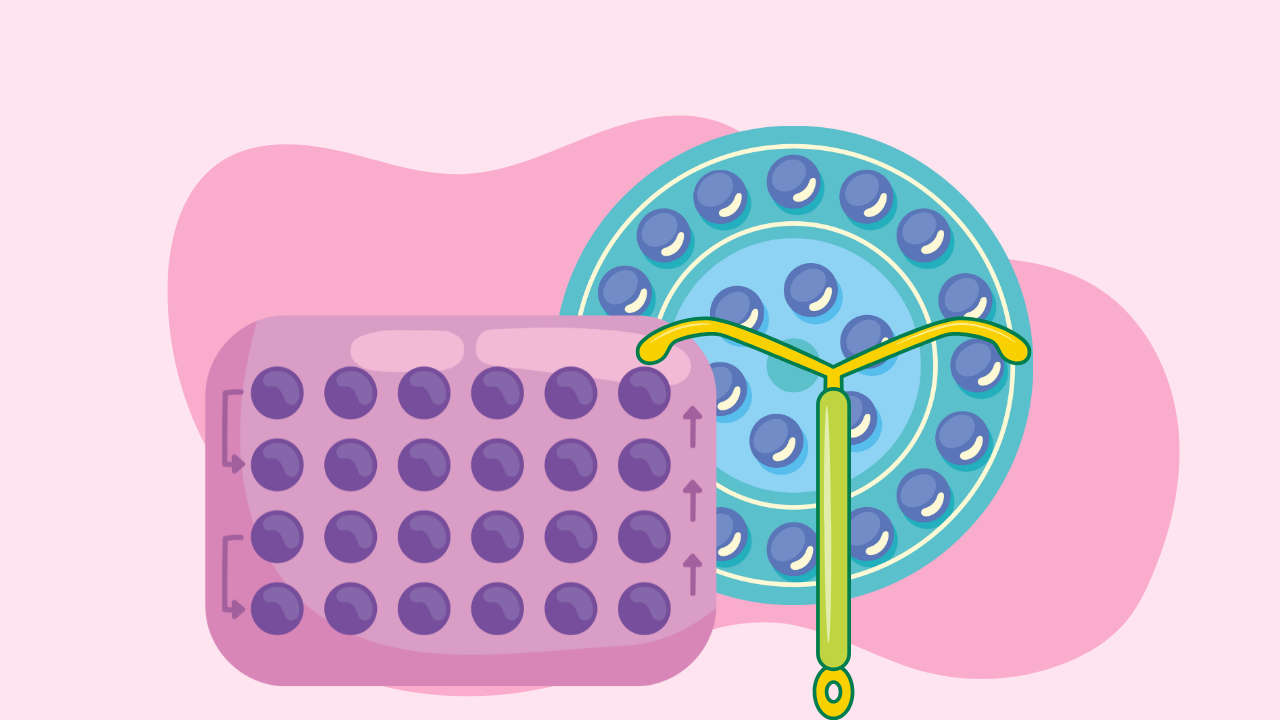The Chemicals Behind Women’s Work Contribute to Cancer

Many immigrant women in the United States hold jobs that are essential, often hands‐on and behind‑the‑scenes. According to a study published this week, these jobs may also come with hidden exposure risks that could influence breast cancer likelihood. Researchers at institutions including the Silent Spring Institute and University of California, Berkeley found that occupations common among immigrant women routinely involve chemicals already linked to breast cancer risk.
In an analysis of data from the 2019 American Community Survey, the researchers identified which jobs immigrant women aged 18‑65 hold most frequently. According to the study, the most common jobs were house cleaners, nurses, cashiers, janitors and care aides, with immigrant women comprising a large share — 71 percent — of manicurists. Among those occupations, house cleaning and nursing stood out not only for their prevalence but also for their combination of workforce size and exposure potential.
To understand exposure, the team cross‐referenced job data with the Women’s Occupations and Risk from Chemicals tool, a U.S. registry that lists chemicals of concern for breast cancer, including phthalates, antimicrobials, alkylphenols and many found in cleaning products and fragrances. According to the study, house cleaners were associated with exposures to six chemical groups of concern, and nurses were linked with probable exposures to four groups and possible exposures to five additional chemical groups.
What makes this so important is not just that these chemicals are known breast carcinogens or endocrine disruptors, it’s that immigrant women in these roles may face more exposure on average due to socio‑economic and structural factors. According to the researchers, women with lower education or limited English proficiency were more likely to work in jobs with higher exposure risk. They also noted that women who spent less of their life in the U.S. had higher weighted exposure scores.
What does this mean for breast cancer risk? The study does not measure individual cancer outcomes directly. Instead it maps the likely exposure terrain, highlighting how workplace chemical risk might intersect with cancer risk. According to the study, “exposures vary depending on job type, setting and duration,” and “being exposed to the greatest number of breast cancer‑relevant chemicals does not necessarily translate into the highest exposures.”
This study adds to a growing understanding that breast cancer risk isn’t just about genetics or lifestyle. According to the authors, environmental and occupational factors play a smaller but meaningful role, especially when layered with social inequality, worker vulnerability and limited access to safety resources.






